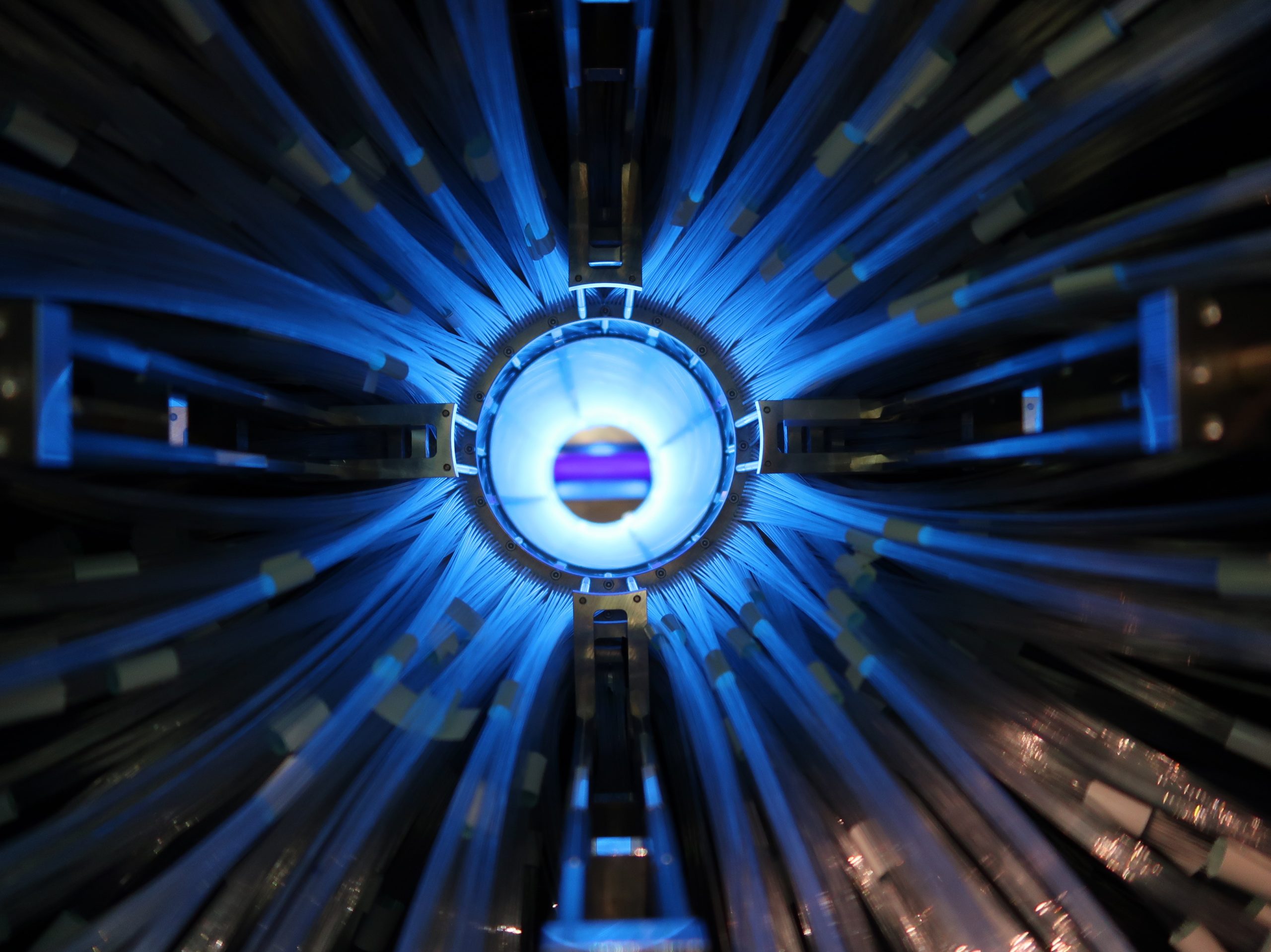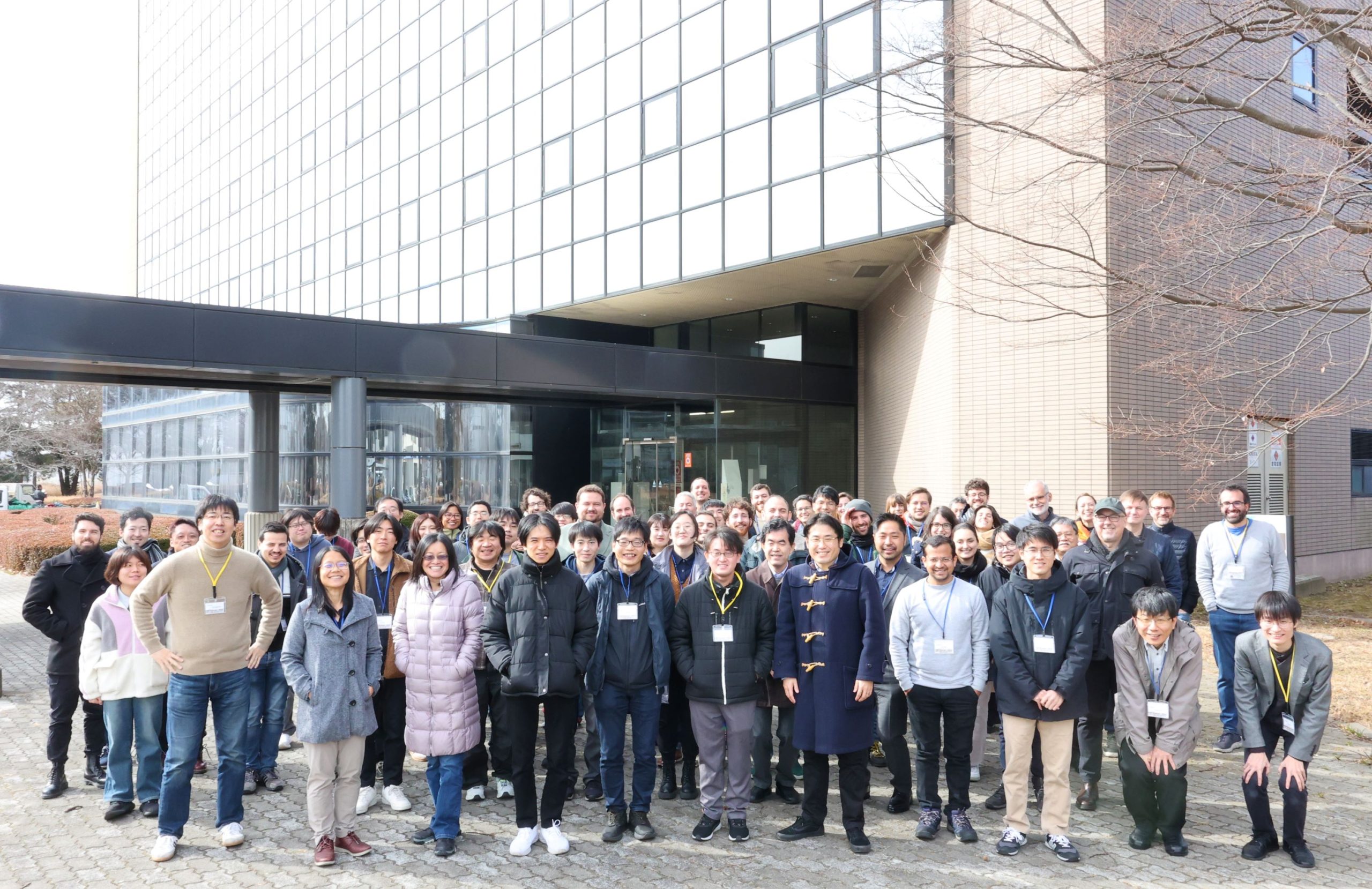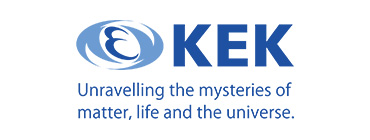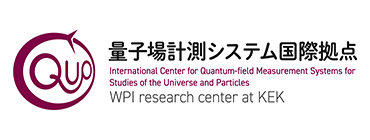- Topics
A Report on “CMB B-Mode – NEXT” ― Synergies Between Space-based and Ground-based CMB Measurements
February 12th, 2025
“CMB B-Mode – NEXT,” a workshop on CMB B-Mode polarization observations, was held on January 27-29 at KEK Tsukuba campus. CMB stands for Cosmic Microwave Background, the oldest light in the universe. Its properties contain a variety of information about the universe, and observation of the CMB polarization is indispensable especially for research on the origin of the universe.
On the first day, we intensively discussed the latest status of CMB polarization observations and the “synergy between ground-based and space-based CMB measurements” to further maximize the physics results. On the second and third days, we held intensive discussions on several major topics, including foreground radiation and modeling of instrumental errors, the current status of polarization modulator development, and advances in data analysis methods.
More than 110 participants registered for the workshop from all over the world, and about 90 researchers gathered at the venue for lively discussions. The program consisted of 44 invited talks and 20 poster presentations, covering a wide range of topics from the latest results from CMB polarization observation to hardware development, machine learning, and theory, with a focus on the future of CMB observation.
During the meeting, as an IPNS seminar, Associate Professor Akito Kusaka of the University of Tokyo gave a lecture titled “Observing the First Light in the Universe, from the Earth and from the Sky”. The discovery of the CMB and the latest results from polarization observations were introduced in a way that is accessible to people outside the field, explaining how ground-based and satellite telescopes have collaborated to advance our understanding of the early universe. Additionally, the lecture outlined the roles that both ground-based and satellite telescopes will play in future precise polarization observations.
-
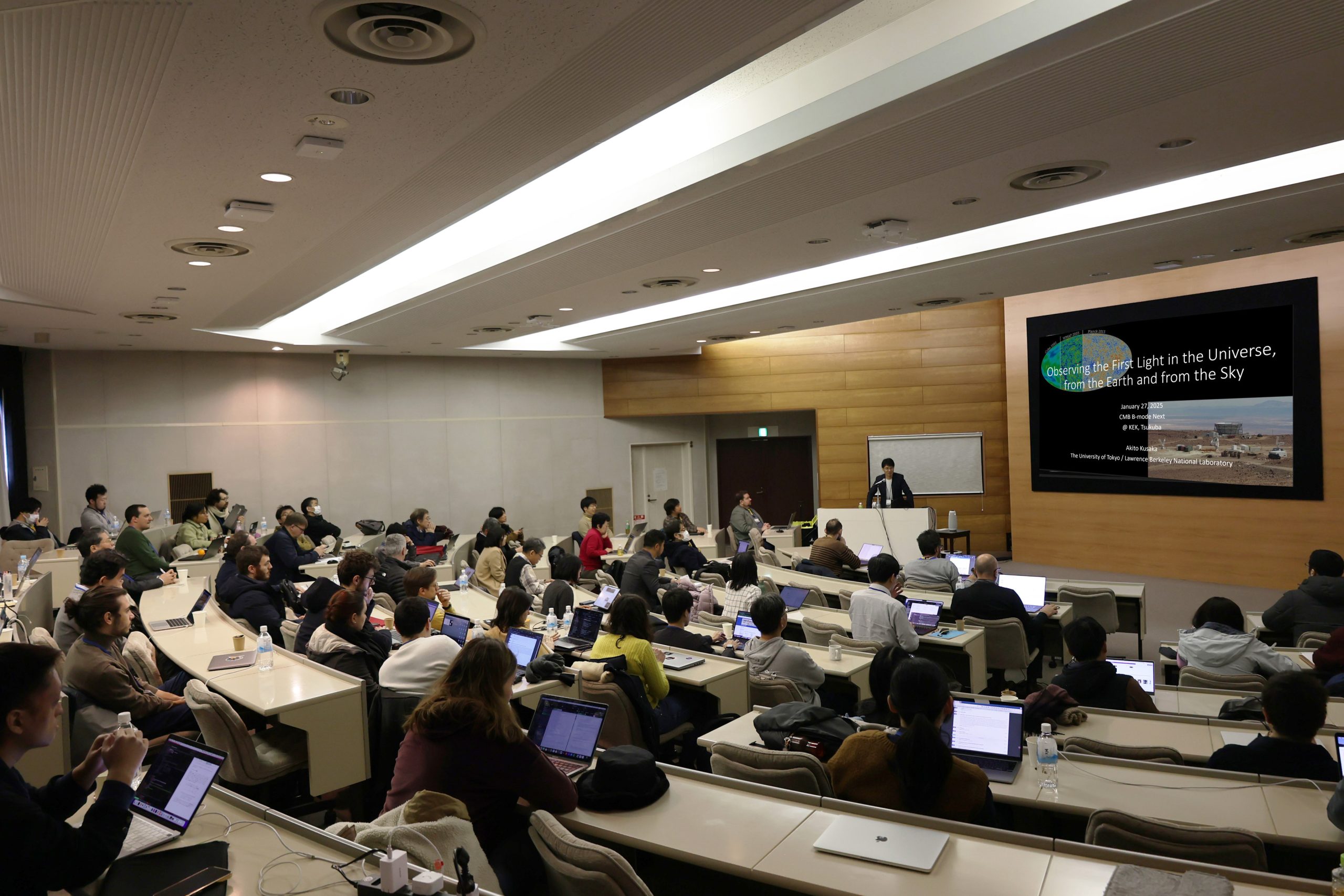
The IPNS seminar attracted approximately 140 participants, both on-site and online
As the facilitator of this workshop, Dr. Masaya Hasegawa, Associate Professor at IPNS-CMB group and Principal Investigator at WPI-QUP reflected on the workshop as follows:
“Currently, ground-based experiments play a leading role in CMB polarization observations. This is because CMB polarization is almost unaffected by the atmosphere, allowing for precise observations by placing numerous sensors without concerns about weight or size, which can achieve higher precision than satellite experiments. On the other hand, all-sky observations from satellites allow us to test the scale invariance predicted by inflation and measure cosmological parameter, which is crucial for improving the constraint on the sum of neutrino masses. Therefore, it is important to have a common understanding of what can be gained from ground-based and satellite observations and how they complement each other, in order to strategically plan and advance next-generation experiments. Based on this context, we organized this workshop with a focus on the keyword ‘synergy between ground-based and satellite observations,’ likely the first of its kind in the world.
At the workshop, many young to mid-career researchers, who lead various aspects of current experiments (sensor R&D, instrument development, data analysis, and project management), participated and actively exchanged opinions from different perspectives. Honestly, my impression is that the discussions between ground-based and satellite researchers were more aligned than expected. Even in just these three days, I believe many seeds for collaborative research and new ideas were born. The participants’ reactions were positive, and there were already calls for the next workshop, so I hope to plan it with a new angle. Finally, I would like to express my gratitude to everyone who supported the workshop. ”
Glossary:
“Foreground Radiation”: Refers to radiation from all celestial objects in the universe that appears to be emitted from “closer” sources than the CMB (from our perspective), and is therefore called foreground radiation. In particular, radiation from interstellar matter within the Milky Way can significantly hinder CMB observations. Thus, it is crucial to separate as much foreground radiation as possible from the CMB in observational data.

